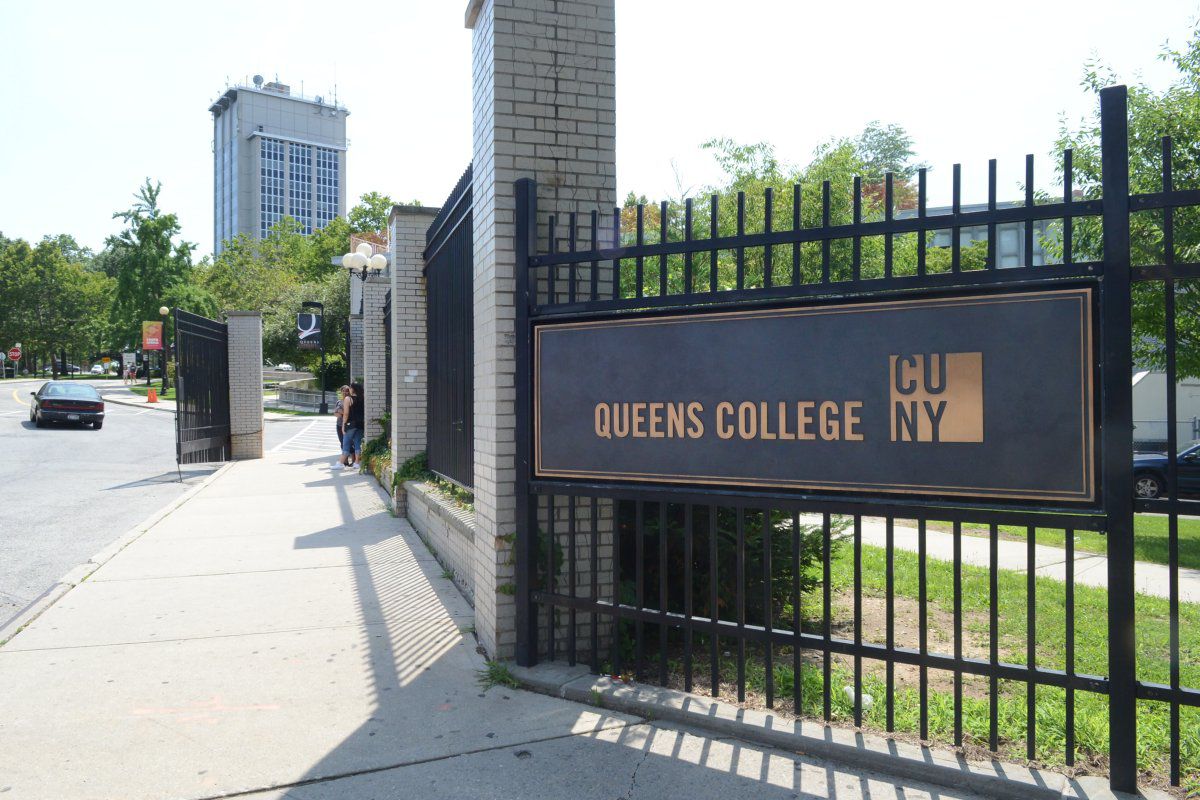Judge Anil C. Singh of the New York State Supreme Court dismissed a lawsuit in which faculty members at the City University of New York sought to stop the general-education curriculum, CUNY Pathways.
“Pathways was initiated by Chancellor Matthew Goldstein and the CUNY board of trustees in response to concerns about ease of transfer between CUNY colleges,” Provost Elizabeth Hendrey said. “Initiating a common, transferable set of general education requirements for all colleges should make transferring easier.”
The board of trustees adopted the Pathways resolution in May of 2011, and the system went into effect at the start of the fall 2013 semester.
“It [CUNY Pathways] guarantees that general education requirements fulfilled at one CUNY college will be carried over seamlessly if a student transfers to another CUNY college,” Ann Morgado, program director for the office of general education said.
Pathways attempts to make it easier for students to transfer within the CUNY system.
“This is a worthwhile goal because some students transferring to senior colleges used to have many elective credits and still needed to complete more than 120 credits,” said Interim President Evangelos Gizis. “Also the same course was sometimes accepted by some senior colleges as equivalent to their own course while it was accepted only as an elective by other colleges.”
According to Queens College faculty, it would also help students avoid repeating courses in the transfer process.
“Although students who transferred with an AA or AS were deemed to have their lower level general education requirements complete, students who transferred without a degree might have to complete duplicate requirements, depending on course comparisons,” Hendrey said.
Before Pathways, CUNY relied on a general-education system called Perspectives on the Liberal Arts and Science Courses.
“7,973 undergrads are still under that system [Perspectives],” Hendrey said.
Perspective courses targeted the foundations of knowledge, and were taken by students early on in their undergraduate studies, before they completed 60 credits.
“There are still many students following Perspectives, as well as some who still follow the LASAR requirements, which preceded Perspectives,” Morgado said.
It is suggested that QC students speak with a college advisor to find out which curriculum is best fit for them.
“Currently 4,884 QC students are subject to Pathways requirements, or over a third of our undergraduate student body. That percentage will rise each year, since all new entering students are subject to Pathways.” Hendrey said.
Although Pathways was created to make transferring easier, some faculty members believe it harms more students than it benefits.
“The local colleges felt it was imposing a central structure on their academic freedom to set their own course,” the vice president of academic innovation and experiential learning, James Stellar said.
Astronomy professor Saavik Ford at Borough of Manhattan Community College described how Pathways’ limits have affected science education.
“At BMCC, pre-Pathways, our liberal arts majors took two science courses, each with a rigorous lab, each for five hours per week. Now they take two science courses, only one with a lab, each meeting for only three hours per week. Our students deserve more than three fifths of a science class,” Ford said.
However, “this limitation was alleviated by allowing science, technology, engineering and mathematics courses to be included in the Pathways,” Gizis said.
English Professor, Nivedita Majumdar, at John Jay College also expressed her concerns with CUNY Pathways in a letter to the City Council Higher Education Committee.
“[Pathways] means students could graduate with a bachelor’s degree without ever having taken a literature or a history course or without any training in a foreign language or reduced time in science labs. Our students are denied the intrinsic value of a good education,” Majumdar said.
Along with course issues, some CUNY faculty disagree with Pathways because of the way in which it was implemented on campuses.
“It was a good idea, executed poorly, and now it’s a constraint that we have to work with until it’s changed,” director in the office of general education, Christopher Vickery said.
QC faculty made similar complaints.
“I wish that we had taken a bit more time to implement and show a bit more flexibility in how many credit or contact hours a course could be . . .they all had to be three credits,” Stellar said.
Francis Clark, communication coordinator of the Professional Staff Congress viewed Pathways as cheating students out of a quality and diverse education.
“It’s really a narrower, administration-imposed curriculum that seeks to graduate more students, faster, at a lower cost—a curriculum that accommodates to underinvestment,” Francis said.
However, Morgado continues to advocate for what she thinks is a major benefit to CUNY students.
“I think that QC has done a wonderful job of implementing this new system in way that is thoughtful and fair to both the students, and the faculty. Like anything new, there is work to be done, and changes to be made, but we have extremely dedicated faculty and administrators here at QC who want to provide our students with the best general education curriculum possible,” Morgado said.
President of the PSC Barbara Bowen was a plaintiff in the case, along with Current University Faculty Senate Chair Terrence Martell (Baruch) and former UFS Chair Sandi Cooper.
“Pathways is wrong for our students, it represents a betrayal of CUNY’s mission, and we will continue our resistance.” Bowen and Martell said in a letter to faculty and staff after the news of the lawsuits’ dismissal.
When more data is available about Pathways, we can evaluate it on an ongoing basis, Interim Chancellor William Kelly said,
“Pathways will be reviewed next year by the university and we hope that any shortcomings can be addressed,” Hendrey said.













